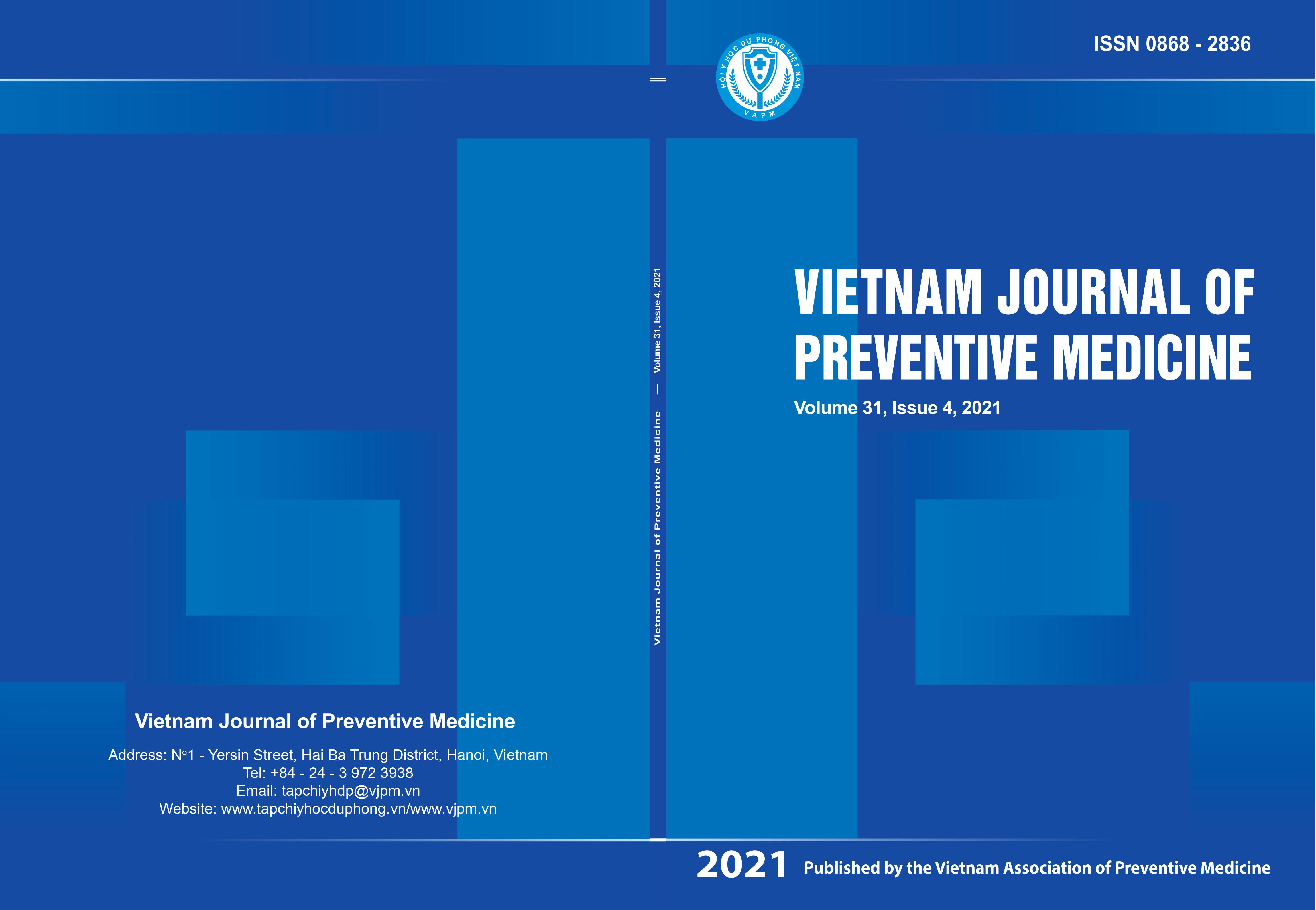Depression and its related factors among hypertensive patients in Can Tho City from 2018 to 2019
DOI:
https://doi.org/10.51403/0868-2836/2021/338Keywords:
Hypertension, depression, psychosis, Can Tho CityAbstract
Hypertensive patients are more likely to suffer from mental disorders including depression, leading to an increase in disease burden for patients, families, and society. This study aims to determine the depression rate by the PHQ9 scale and some factors related to depression in hypertensive patients in Can Tho City in 2018 - 2019. A cross-sectional study of 772 hypertensive patients in Can Tho City with an average age of 64.6 years (SD: 12.29) was conducted. About 20.3% of patients had depressive symptoms, with an average of 2.66 points (SD: 3.38); in particular mild depression 16.5%; average 4.3%; heavy and very heavy 1.6%. Being female, smoking, alcohol use, exercise, diastolic blood pressure ≥ 90mmHg, systolic blood pressure ≥ 140mmHg were associated with a higher total score with a score of 1.78; 2.37; 1.65; 0.88; 1.02; 3.12 points, respectively. Patients with a normal weight and adherence to treatment had a total reduction of 0.09 points and 0.94 points respectively. While adequate physical activity and normal BMI were considered positive effects on depression with OR = 0.61 and 0.89, adherence to treatment was considered negative one with OR = 1.15. Depression can worsen the condition of hypertension in particular and chronic diseases in general.
Downloads
Downloads
Published
How to Cite
Issue
Section
License
Publication License No 150/GP-BTTTT signed on May 8, 2014;
Electronic Publication License No 322/GP-BTTTT signed on June 15, 2016.


